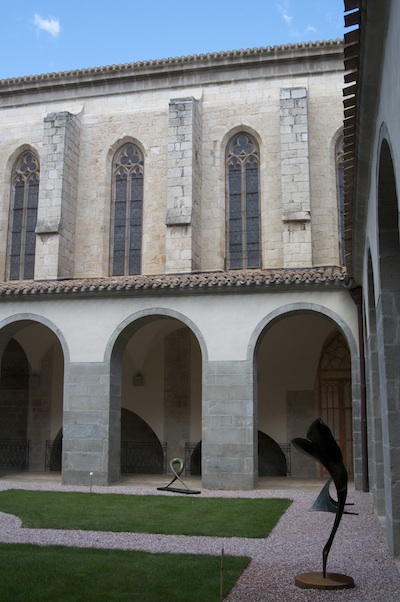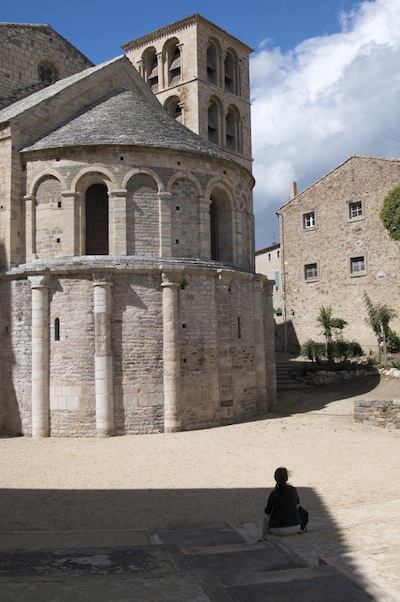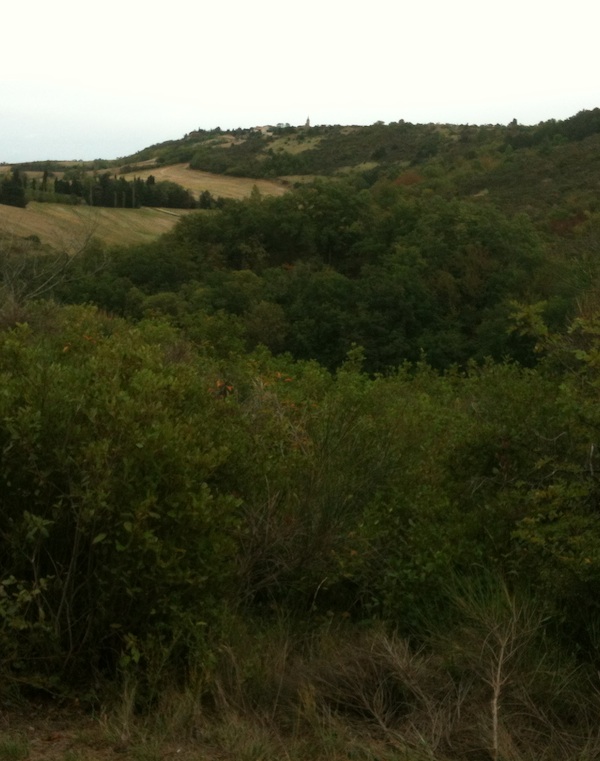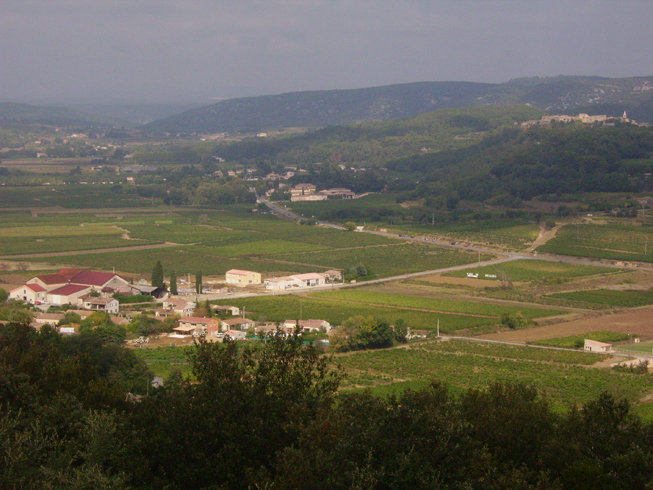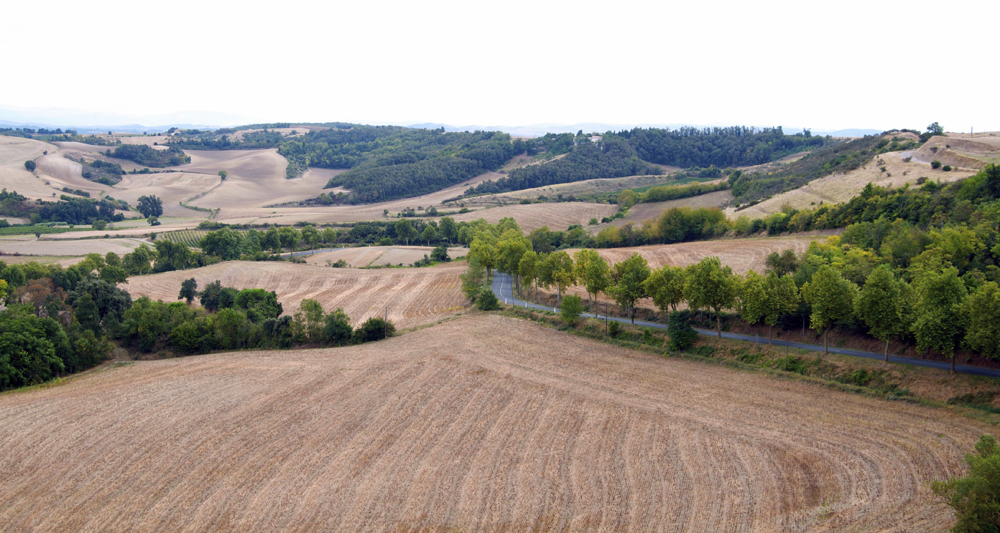It can be difficult to find fresh herbs for sale in the supermarket and even the markets. In the south of France, flavourings in the regional cuisine is defined by the herbs that grow wild and free in the fields and wild lands: thyme, rosemary, savoury, bay, even lavender.
So although there is demand for these herbs, if you can forage these ingredients for free, or can effortlessly grow them outside your kitchen door, why would you pay for them?
Bay (laurel)
Last visit, I resorted to harvesting a handful of bay leaves from bushes growing in the precinct gardens of the abbay at Caunes-Minervois, and parsimoniously eked out their use through the following weeks.
This visit, I noticed—a sign perhaps of my improving mental health—a massive bay hedge across from the Mairie in Belloc. Right next to the bottle and paper recycling bins. And it’s not as if we didn’t have reason or opportunity to notice said hedge when we were unloading our glass-ware and paper last time around…. However, there we are: a boundless source of fresh bay, of which I availed myself a number of times for the purposes of making soups and other savoury dishes.
Oregano (0rigan)
This herb grows wild on the approach to, and within the confines of, the ruins of Roquefixade fortress. Culling the herb was a reason to stop and catch my breath on the way up.
Fennel (fenouilh)
The Aude Departement of France has many towns named for this aromatic herb. I found fennel going to seed along hiking trails leading out of the village of Hounoux in the Razès region and along a seldom-used road west of Fanjeaux.
Rosemary (romarin)
I didn’t need to forage for this herb, as there is a pot of it growing on the terrace in front of the house we are renting. However, I did find it growing wild on the hillsides west of Fanjeaux.
Thyme (thym)
Wild thyme is stronger and more distinctively flavourful than domesticated thyme, and is a key addition to herbes de Provence. Even though the Aude and Ariège regions are hundreds of kilometres from Provence, and lack the “garrigue” or limestone-hilltop scrubland that Provence is known for, the Aude does have terrains de genêts: similar, and similarly aromatic, scrubland. This herb grows in great perfumed profusion along the westerly Crêtes d’Hounoux (Hounoux ridges) hiking trail, and the most-western slopes of the Boucle de la Hille (La Hille circle) trail out of Fanjeaux.
Savoury (sarriette)
My will broke when I saw live savoury plants for sale at the Esperaza market. With Victoria’s cool summer nights and the multitude of insect pests that the area’s mild winters don’t kill, I haven’t been able to grow savoury since I left Drumheller.
I bought a plant and inserted it into one of the planters at Mirepoix. Now that autumn has arrived—bringing intermittent rainy days—it might even survive until next summer. Regardless, I tipped the branches and was able to season my sauces with the leaves from this particular plant throughout September.

